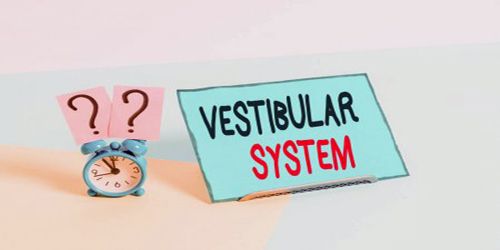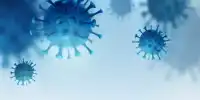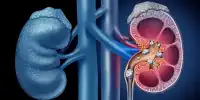Vestibular system equipment involves balancing the inner ear. The vertebral system is a part of the inner ear in the ventilator. In most mammals, the vestibular system is a sensory system that makes a leading contribution to the sense of balance and spatial vision for the purpose of coordinating movement with balance. This is an important mechanism for identifying the position and motion of the head, especially for angular motion such as rotation. This system stabilizes the eyes while moving the head and also adjusts the tone of the neck and body muscles during movement.
Although the vestibular system was only recognized as a separate entity from the auditory part of the inner ear in the mid-19th century, it is phylogenetically the oldest part of the inner ear. The two membrane sacs of the vestibule, the utricle, and the calculus, are known as the autolith organs. Since they respond to gravitational forces, they are also called gravitational receptors. The receptor cells of the autoliths and semicircular canals transmit signals to neural structures through vesicular nerve fibers that control eye movement, posture, and balance. Each macula contains neuroepithelium, which consists of supporting cells and sensory cells, as well as basement membranes, nerve fibers, nerve endings, and underlying connective tissue. Sensitive cells are called hair cells because of hair-like cilia – hard nonmotile stereocilia and flexible motile kinocilium – project from their apical edges. Nerve fibers are divided from the superior or vestibular of the vestibule clavicular nerve. There are hair cells that are polarized in different ways in each macula. Therefore, the macula can detect head orientation in terms of gravity and linear acceleration.
Each hair cell of the vestibular organs is topped by a hair bundle, consisting of about 100 fine nonmotile stereocilia and a single kinetic kinocilium of grade length. When the system works normally, we are usually unaware of a distinct sensation arising from vesicular activity as it is combined with visual, proprioceptive, and other sensory information that leads to a sense of combined experience motion. Furthermore, the vestibular system generally focuses on stabilization and postural control that is difficult to fully comprehend important contributions. The movement of the endolymph through the canal results in a replacement of the Christie resulting in the hair being reflected. Each chrysalis contains hair cells that are polarized in a single direction. Perhaps the most well-known clinical case is a 1952 report by physician Jesse, who suffered complete vesicular damage after treatment with streptomycin (an autotoxic antibiotic) for foot infections. The surface of the membrane is covered by a blanket of rhombohedral crystals, known as otoconia or statokonia, which contain calcium carbonate in the form of calcite. The particles of this crystal, which range in length from 1 to 20 meters, are much thicker than the membrane and it adds a considerable amount to it. The successive and anterior canals are centered in such a way that the anterior canal of one ear is essentially the same ear and the successive canal of the other ear. This allows each ear to act as a backup for the other.
The brain uses information from the vestibular system of the head and proprioception throughout the body to enable it to understand from moment to moment the dynamics and dynamics of the animal’s body (including its position and acceleration). The angular acceleration of the head tends to move the fluid back and forth in the case of a canal running through the head, leaving the relative movement of the fluid. As a result, more challenging head movements are associated with visual instability as well as other motion-induced vesicular signs and symptoms.















